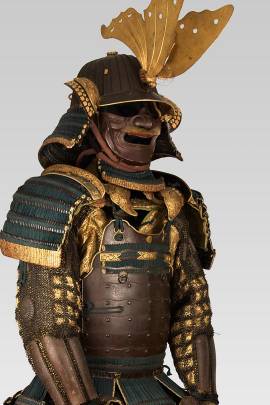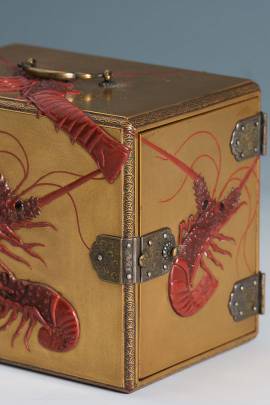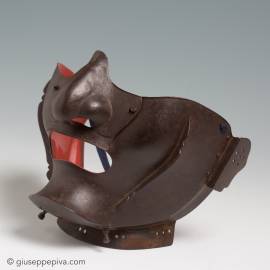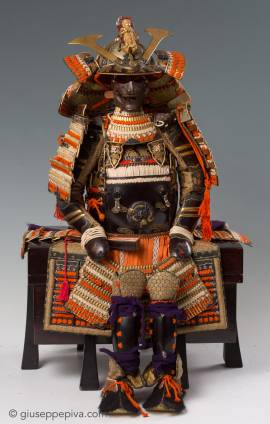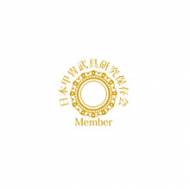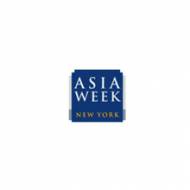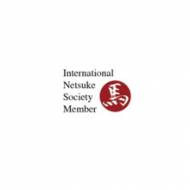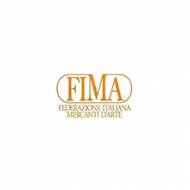Half mask for samurai armorLate Edo period (1615 - 1867)-19th centurySigned: MunechikaMyōchin school The severe expression and the lack of wrinkles denotes the ryubu, or "martial". typology.
WORKS FOR SALE
Miniature armor Ni-mai do tosei gusokuHeight: 50 cm 19th century During the 17th Century samurai families used to display a set of helmet and armor, weapons and banners outdoors on the Tango-no-Sekku Festival (The Boy’s Festival), held on the fifth day of the fifth month, designated as an important ceremonial day by the Edo Shogunate Government. Later in the Edo period these items, except for the banners, were moved indoor, on rooms facing the street. The style of displaying varied in accordance and the armors gradually became miniaturized, thus keeping splendid...
Mogami-dō tosei gusokuSamurai armor with a mogami type cuirassSeconda half of Edo period (1615-1868), 19th centuryThis authentic samurai armor, on its helm and liner, exhibits a mokko-type family crest in an original variation. It has probably belonged to a daimyō of a minor province, perhaps related to the Takigawa clan, which would employ kamon very similar to this one.The hemispheric, sixteen-plate helm with great rivets (o-boshi kabuto) is typical of the production of samurai armors of the middle of the Edo period when samurai all over Japan began to look at the models...
Copyright © 2016 - giuseppe piva - VAT: 05104180962


